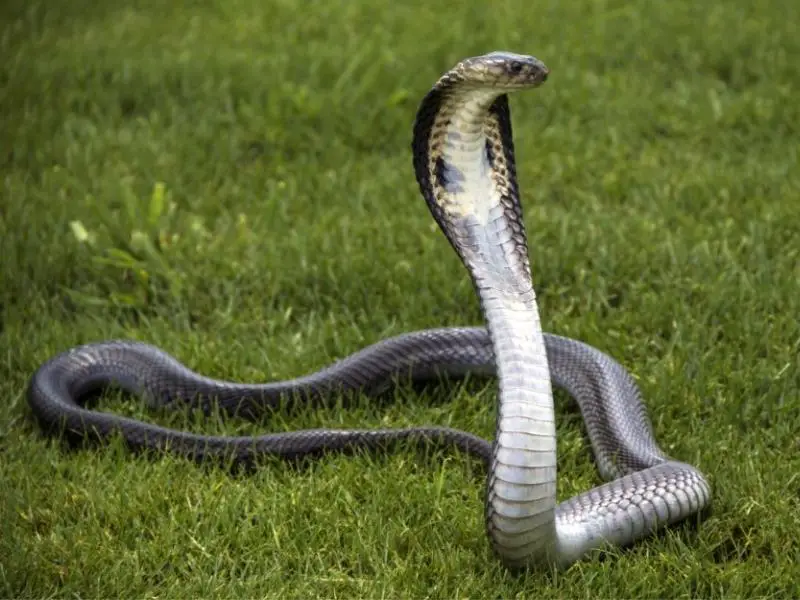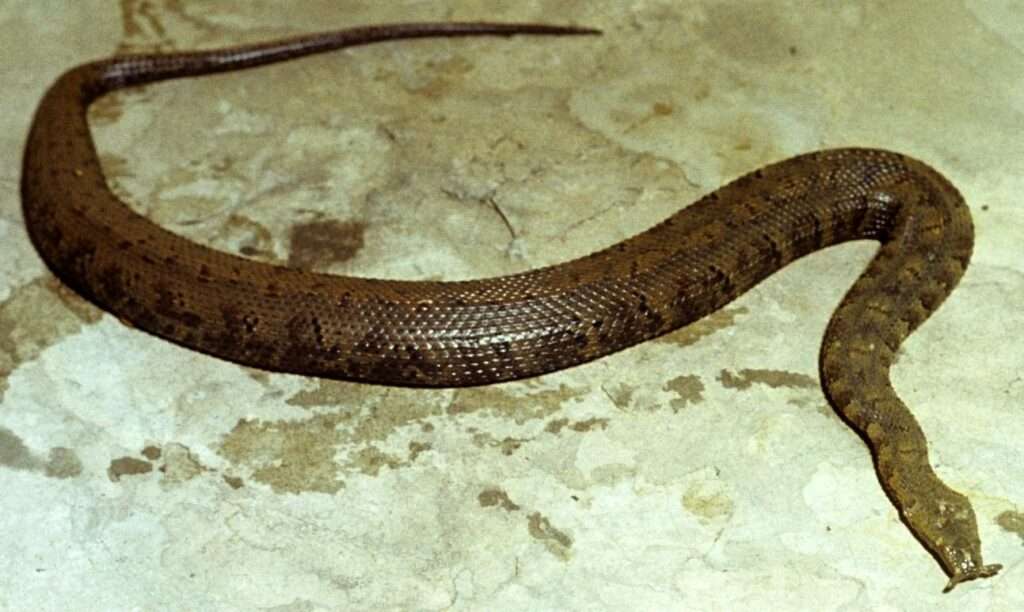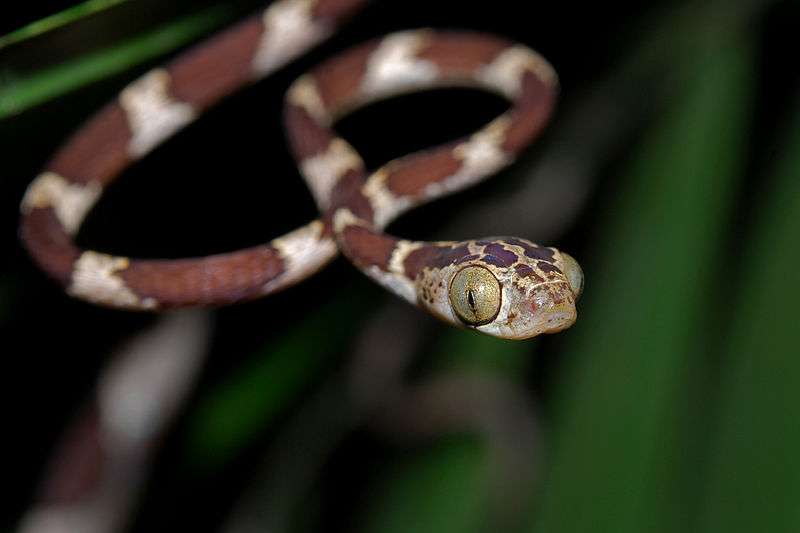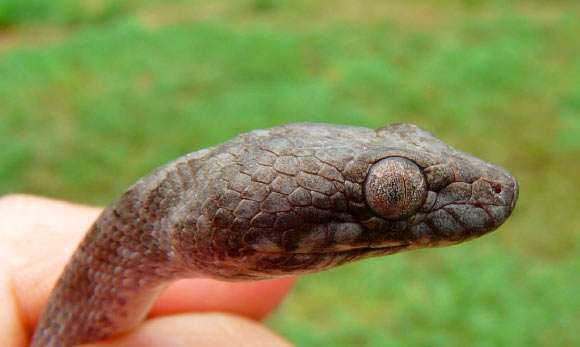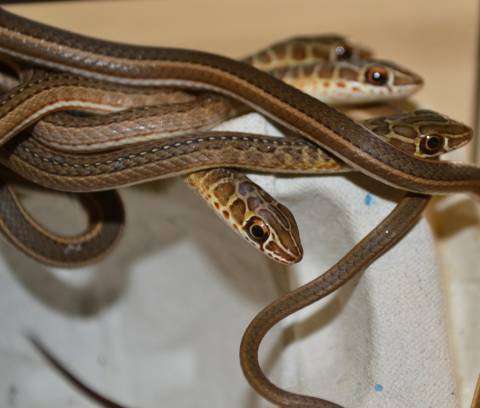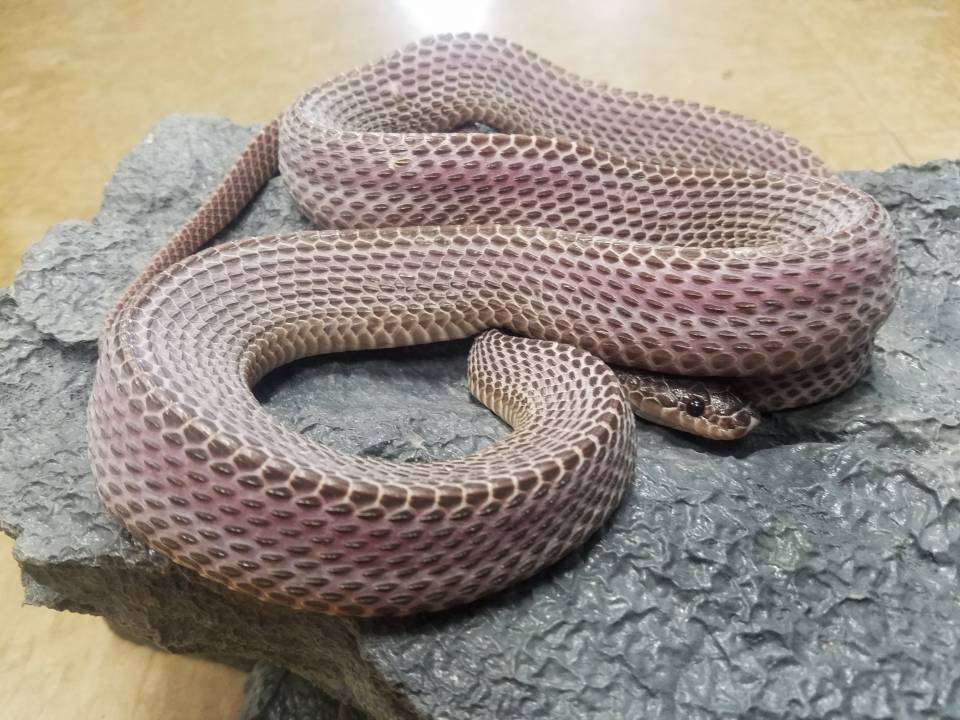Monocled Cobra
Description: Scientific name: Naja kaouthia Life span: 13–20 years A venomous cobra, the monocled cobra (Naja kaouthia), is also known as the monocellate cobra or the Indian spitting cobra. On the back of their hood, which is O-shaped or monocellate in shape, is the “spectacle” design, which consists of two circular ocelli joined by a […]


